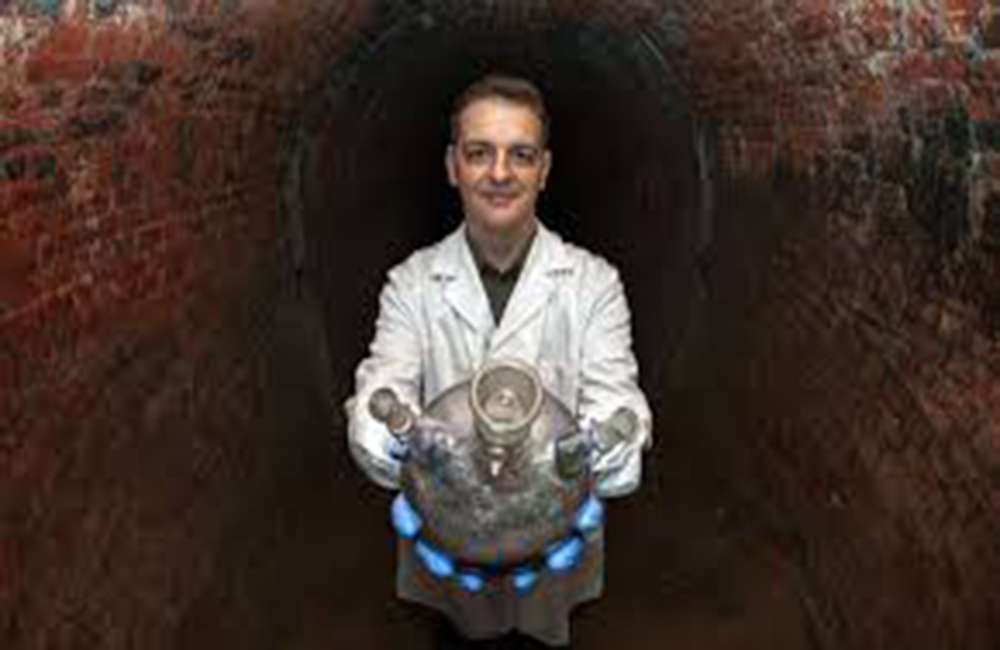Catalytic Method of Treating Water
There’s nothing new in treating water by sorption of organic solvents such as trichloroethylene (TCE). But finding a method that neutralizes these contaminants, instead of just shifting them somewhere else, is no mean feat. A team led by Anna Śrębowata, professor at the IPC has improved a method of catalytic hydrotreatment that is, transforming TCE into hydrocarbons that are environmentally less harmful. Thanks to scientists from the Institute of Physical Chemistry of the Polish Academy of Sciences (IPC, PAS) not only the water in our taps, but also in our rivers, can be cleaner and safer for human health.
Clean water is a treasure, but also a resource that is becoming more and more scarce. Various contaminants are widespread, and some are extremely difficult to remove. Such pollutants include trichloroethylene (known in Poland as TRI). This organic solvent used to be commonly used in, amongst others, organic syntheses, dry cleaners and for the industrial degreasing of metals during their processing. Due to its negative impact, its use has been officially banned since 2016. However, considering its stability, it may remain in both the water and soil for many years to come, explains MSc. Emil Kowalewski, a member of the team that developed the innovative method of removing this compound from water. The project is part of a global trend focused on the protection of water resources. The research may be of interest to wastewater treatment plants and become a potential starting point for the development of innovative water treatment systems. Why?
Today’s wastewater treatment plants are systems consisting of many physical, chemical and biological processes, but they effectively eliminate mainly conventional pollutants.
Others may remain in the water if their concentrations are high enough. “Meanwhile, trichloroethylene should not be in water at all, because it is mutagenic, carcinogenic, teratogenic…” says the scientist, “and what’s more, extremely long-lasting. It accumulates and stays at the bottom of reservoirs, and since its solubility in water is very poor, it can remain harmful for many years to come.”
The scientists are, however, proudest of the innovative element of their research – introducing of the flow technology to the water purification from TCE. Thanks to this the parameters of the process can be optimized, the amount of waste can be reduced, and at the same time catalysts which were inefficient or even ineffective in batch reactors (i.e. where a specific batch of product is treated at one time) can be used. “This was the case with our nickel catalyst,” says MSc. Kowalewski. “Without flow technology its capacity to utilize TCE declined in time, the catalyst underwent poisoning. In the flow reactor, even after 25 hours, we did not observe any decrease in activity, although we conducted research on concentrations about 8000 times higher than the Polish standards of its content in drinking water.
Where can the innovative method be used? Above all in water and wastewater treatment plants. Wherever we want the water reaching the end user to be clean, regardless of whether it’s a user of tap water or a fish floating in the river.

